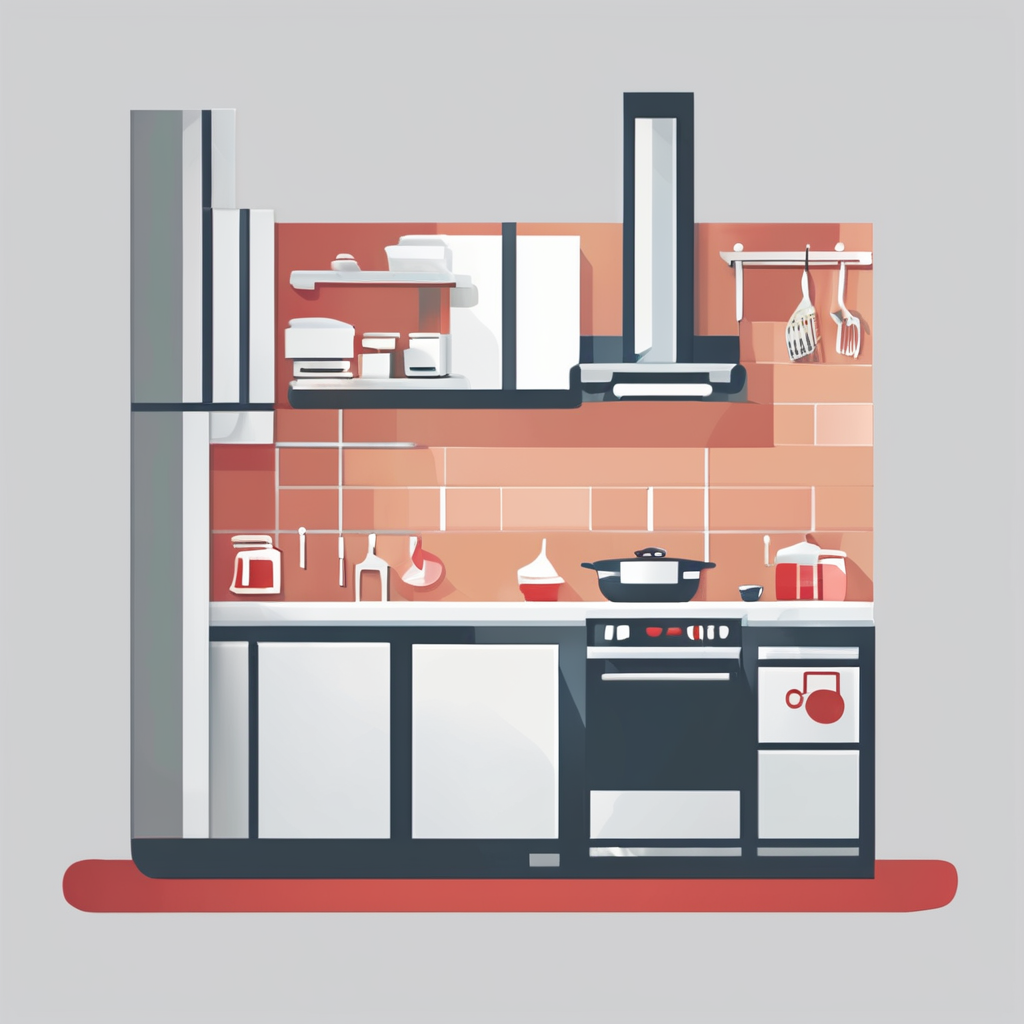Design Considerations for Kitchen Cabinet Handles
Selecting the right kitchen cabinet handles goes beyond aesthetics and involves considering ergonomic design, aesthetic appeal, and functionality. An ergonomic design significantly impacts usability, ensuring that handles are easy and comfortable to use. This reduces cross-contamination as users can open cabinets with minimal contact, decreasing the likelihood of bacteria transfer.
When considering the aesthetic appeal, it’s crucial for handles to complement the overall kitchen design while maintaining hygiene standards. For example, smooth surfaces are easier to clean, inhibiting bacteria build-up. Handles with fewer grooves or crevices are highly recommended as they reduce potential areas for germs to hide.
Also read : Discover the Ultimate Tea Storage Solution for Savoring Your Slimming Herbal Teas!
Functionality in handle design also plays a vital role. Handles should facilitate easy opening while being robust enough to withstand daily use. Incorporating anti-microbial finishes is an innovative approach, providing an extra layer of protection against bacteria.
Balancing these elements ensures your kitchen remains both attractive and sanitary. Therefore, when choosing kitchen cabinet handles, it’s important to prioritize hygienic designs and materials that support good food safety practices. This ultimately enhances the overall kitchen environment and helps maintain a healthier home.
Additional reading : Ultimate Kitchen Makeover: Discover the Perfect Counter Height for Cooking Ease and Efficient Weight Control
Importance of Selecting Kitchen Cabinet Handles for Hygiene
In kitchens, cross-contamination presents significant health risks, often resulting from inadequate handle hygiene. Handles are touched frequently, making them hotspots for germs. Pathogens transferred via handles can lead to severe health issues if they contaminate food. Thus, kitchen cabinet handles play a crucial role in maintaining safe food environments. Opting for handles designed with hygiene in mind is essential.
Materials and design influence a handle’s ability to curb bacteria. Smooth, non-porous materials like stainless steel minimize germ retention, helping to prevent cross-contamination. Ergonomically designed handles reduce the amount of contact needed, limiting bacteria transfer. Handles with anti-microbial coatings add an extra layer of defence, making them a smart choice for enhancing food safety.
The functionality of kitchen cabinet handles isn’t just about ease of use but also about ensuring they don’t become vectors for disease. Handles should not only withstand daily use but also contribute positively to the kitchen’s hygiene ecosystem. Ultimately, prioritizing hygienic and functional designs in kitchen cabinet handles can vastly improve food safety standards and family health.
Materials for Kitchen Cabinet Handles
Selecting the right handle materials is pivotal in ensuring a hygienic kitchen environment. Materials that resist bacteria and are easy to clean can significantly reduce the risks of cross-contamination, a common source of foodborne illnesses.
Stainless Steel Handles
Stainless steel is a popular material for kitchen cabinet handles due to its bacteria-resistant properties. It boasts a smooth, non-porous surface that prevents germ retention, making it especially hygienic. Stainless steel handles are easy to clean and maintain, often requiring only mild soap and water for upkeep. This makes them an ideal choice for households prioritizing food safety and efficient cleaning.
Plastic Handles
Plastic handles, particularly those made from materials designed to resist microbial growth, offer another practical option. The easy-to-clean nature of quality plastic materials reduces the likelihood of bacteria build-up. Some plastics are enhanced with antimicrobial treatments, further safeguarding against germs. By choosing the right type of plastic, homeowners can maintain both cleanliness and style in their kitchens.
Other Innovative Materials
Beyond traditional materials, innovative options like antimicrobial alloys and advanced finishes are worth considering. These materials offer superior hygiene and durability. Comparing the effectiveness of modern materials versus traditional ones can guide informed decision-making, leading to a healthier kitchen environment.
Cleaning and Maintenance of Kitchen Cabinet Handles
In the quest for a hygienic kitchen, effective cleaning and maintenance of kitchen cabinet handles play a crucial role. Regular upkeep not only maintains their appearance but significantly curtails the risk of cross-contamination.
Recommended Cleaning Practices
To foster a germ-free environment, cleaning practices should be both routine and meticulous. Handle maintenance varies with materials; for stainless steel and plastic, simple soap and water suffice. However, including a mild disinfectant can further enhance hygiene. A consistent cleaning schedule based on kitchen usage ensures that bacteria have minimal opportunity to flourish.
Importance of Regular Inspections
Frequent inspections are vital in identifying wear and damage. Damaged handles can harbour bacteria, exacerbating hygiene problems. By periodically checking for defects, such as chipping or loose fittings, one ensures the handles remain functional and sanitary. Timely replacements of worn-out handles help preserve the kitchen’s cleanliness.
Incorporating Hygiene Habits in the Kitchen
Encouraging sustainable hygiene habits among family members further bolsters overall kitchen cleanliness. Routine practices like cleaning up spills immediately or educating all household members on the importance of maintaining kitchen hygiene contribute positively. These habits not only ensure a cleaner space but also instil lifelong cleanliness practices.

